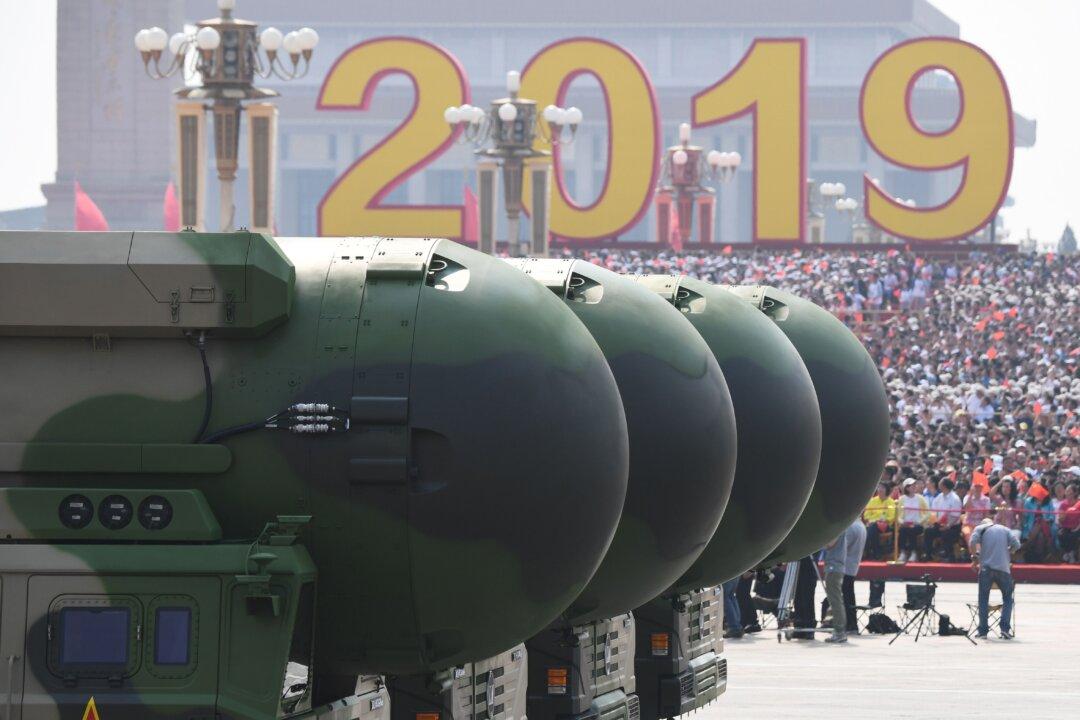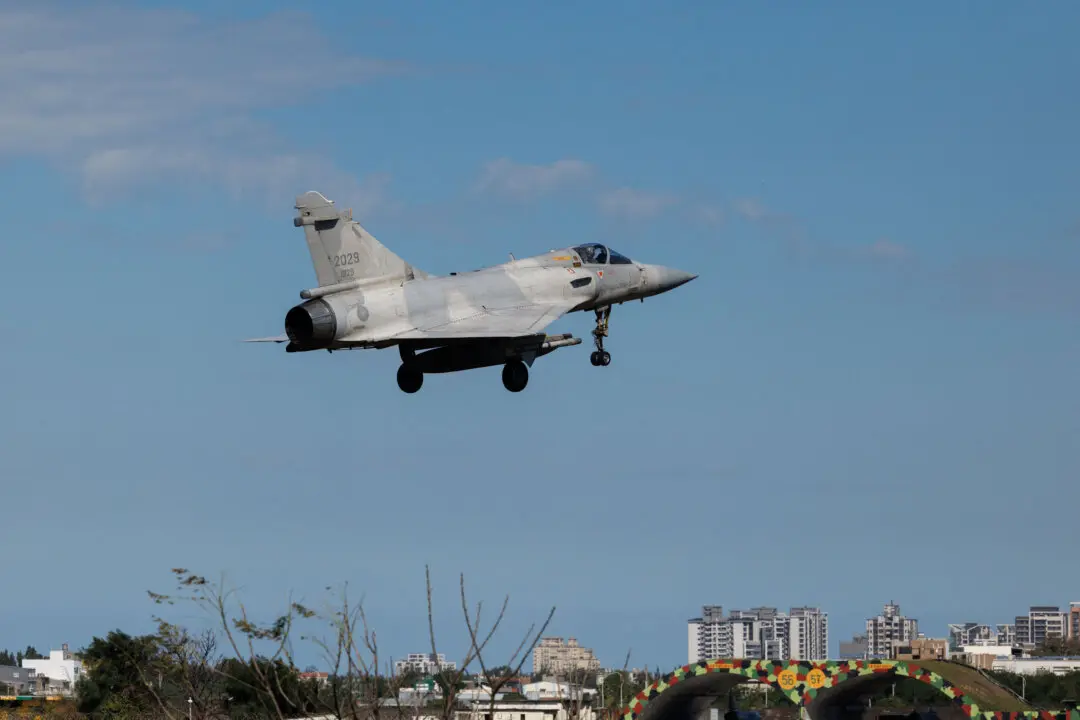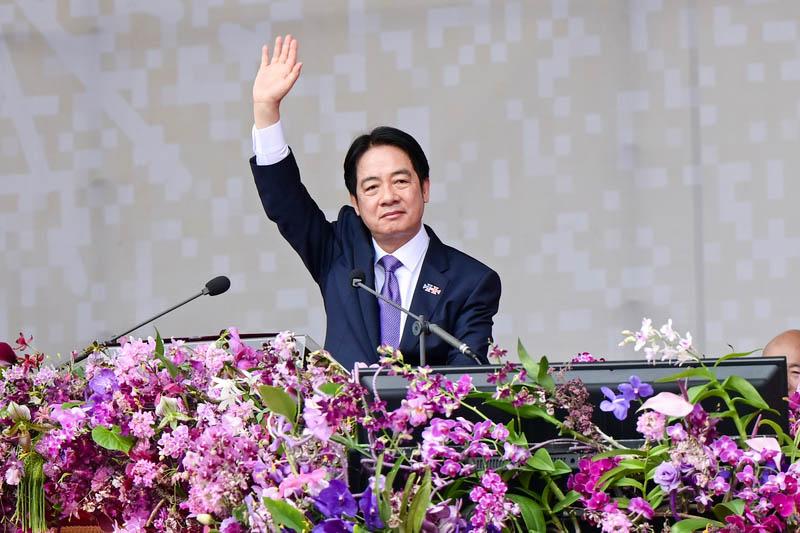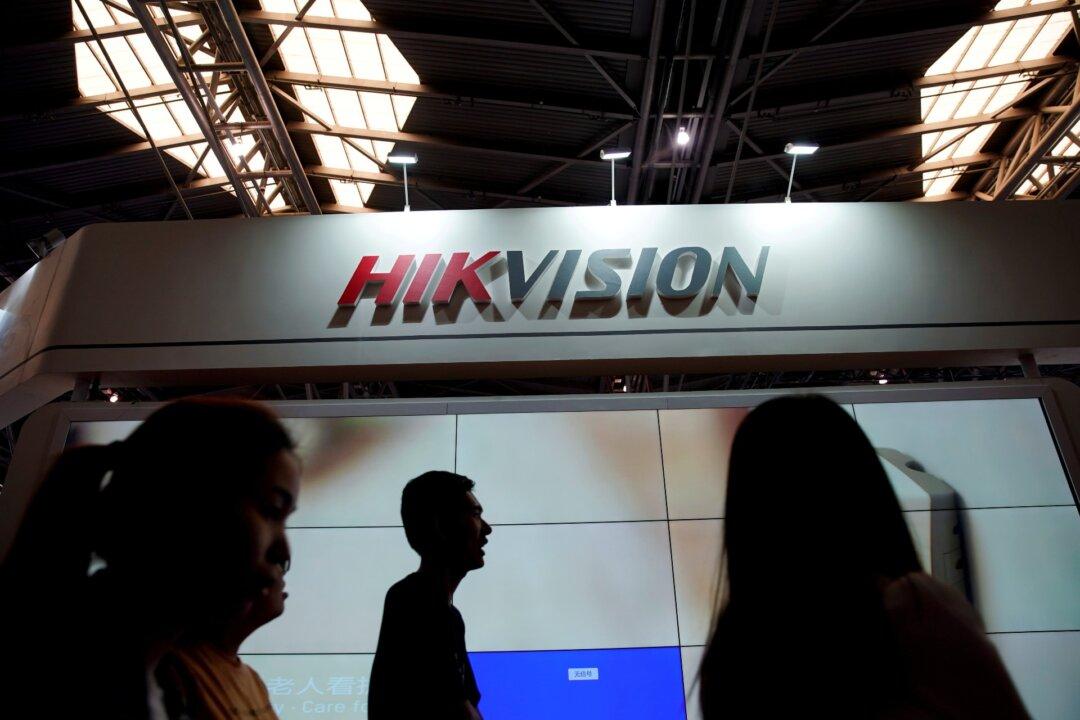The Chinese regime could use its strengthening nuclear capabilities to coerce the United States in as soon as a few years’ time, experts say, following recent reports exposing Beijing’s secret efforts to expand its nuclear arsenal.
China will have about 250 new silos, underground facilities for housing and launching intercontinental ballistic missiles (ICBMs), once it is done building them, the Federation of American Scientists (FAS) said in a report released last week. That number, according to the think tank, is more than all of the silo-based ICBMs operated by Russia and about half of America’s ICBM force.





